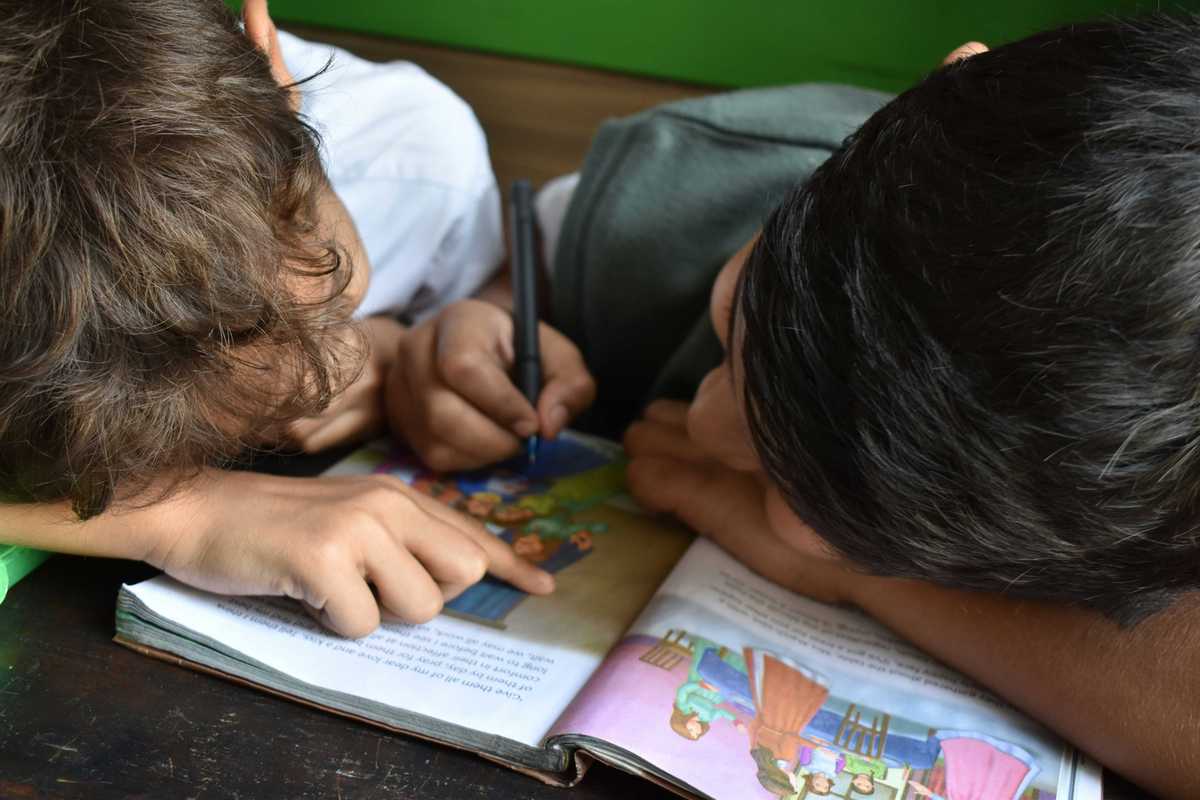Radwell is the author of “American Schism: How the Two Enlightenments Hold the Secret to Healing our Nation ” and serves on the Business Council at Business for America. This is the seventh entry in a 10-part series on the American schism in 2024.
As I watched the 2016 presidential inauguration, a wave of nightmarish dread washed over me. Donald Trump’s steely resolve to stop the “American carnage” struck me as hyperbole at best. What a dystopian view, I thought. But with the power of hindsight, I now acknowledge that Trump was right. As I shuttled between New York and Los Angeles running a leading consumer products brand at that time, I was confined to my elite bubble and simply blind to the genuine reality he was describing.
Of course, I was quite aware at that time of the harmful effects of economic displacement accumulating in rural areas over the decades. By 2016, so much had been written about how American rural communities had been increasingly left behind by the new technology-based economy concentrated in large cities and on the coasts. But I failed to appreciate the magnitude and gravity of the devastation wrought by globalization. I failed to grasp the lived experience of the America that I was flying over, and thus didn’t see the truth that Trump saw.
So just how did this evolve and create the polarizing American schism in which we now live? Ironically perhaps, it started long before Barack Obama and Trump. Since the Reagan era, and arguably even earlier, the United States has led the world in adopting the economic framework often referred to as globalization. The seeds of this model were planted at least as far back as 1944. In his now legendary work, “ The Road to Serfdom,” Frederick Hayek laid the foundation for neoliberalism, the economic and political framework buttressing the globalization phenomenon of the past four decades.
Against the backdrop of the totalitarian systems of his day, Hayek offered a sweeping illumination of the perils of societies in which the government had firm control of economic decision-making. He methodically argued that governing paradigms that empower the state over the individual, often through the tyranny of a dictator, invariably create an oppressive society. This frontal assault on individual liberty led invariably to the “serfdom of the individual.” Remarkably, the dire economic consequences produced by such regimes was not yet evident as Hayek wrote. In the post-World War II environment, his thesis was seen as heretical. Over subsequent decades however, his analysis proved strikingly prescient as so much of what he predicted came true.
By the rebirth of laissez faire economics during Ronald Reagan’s presidency, neoliberalism had become the new orthodoxy with an inexorable focus on deregulation across many sectors of the economy. Reagan preached his steadfast mantra that the government could not solve what ails our society and, moreover, that government itself was the problem. Further, Reagan’s assault on government has been extended by subsequent presidents, both Democratic and Republican alike. This same philosophy also came into vogue on the other side of the Atlantic in Magaret Thatcher’s United Kingdom, and as the eastern bloc crumbled over subsequent decades, the globalization model was adopted by the great majority of the world.
By recognizing that neoliberalism, like all economic frameworks, creates winners and losers, we can better contemplate the consequences of these trends for the American schism.
As an economic and political paradigm, neoliberalism created two predominant groups of winners. First, by becoming the chosen manufacturing sources for the developed world’s outsourcing craze, China and India raised hundreds of millions of people out of poverty into the middle class. Despite all his autocratic tendencies, Xi Jinping garners enormous support in China partially because of how much prosperity has accrued under his watch. The second group of winners: elites in economies plugged into this emerging global system, who benefited enormously by providing the enabling professional and communication services.
But the inarguable losers were those in the heartland, in communities all across the country. And most crucially, it is difficult to overemphasize the depth and range of the pain thus inflicted.
The loss of America’s manufacturing industry as factories shuttered had tremendous consequences for baby boomers, often unable to find employment following mass layoffs in the 1980s and 1990s. That trend only intensified in more recent decades, all but eradicating the vibrant civic life that most Gen Xers and some Millennials remember from their childhoods. The pulsating Fourth of July celebrations, the animated Memorial Day parades have vanished. In addition to economic suffering, the civic connectedness of a past era has since evaporated, leaving many isolated and left only with fading memories of the tight-knit communities of their youth.
As Rotary clubs, coffee shops, bars and restaurants closed, these once vivacious towns and communities today provide scant economic opportunities, yielding to an opioid epidemic wreaking further havoc on yet a third generation of Americans. Nowhere is this bleak reality better described than in Timothy Carney’s “ Alienated America.” Carney’s portrayal of the vibrant communities of yesteryear provides a chilling glimpse of an American prosperity now tragically lost.
These developments triggered substantial fault lines between red and blue America. But it was the establishment’s disregard to this reality that truly drove the American schism to a far more precarious level. As the rich got richer, both Democratic and Republican leaders showed nothing but indifference to the plight of these Americans. Exemplified by the condescending comments of our leaders, whether Hillary Clinton’s “basket of deplorables” or Paul Ryan’s and Mitt Romney’s division of the world into “takers and makers,” this coolness morphed into downright contempt and disdain, which in turn created not only resentment on the part of working class Americans but a pervasive sentiment of relentless marginalization.
Perhaps the aftermath of the 2009 financial crisis provides the best illustration of the incongruity of America’s political landscape. As millions of Americans who played by the rules lost their homes to foreclosure, the white collar bigwig bankers who caused the meltdown in the first place were bailed out by the supposed laissez faire establishment. Not a single Wall Street executive served jail time as millions of Americans saw their lives fall apart. The stark realization of this double standard stoked the embers of working-class wrath.
Here was flagrant evidence that the working classes of American society were held to different rules than the elite American institutions, which acted with impunity. These same institutions, the engines of globalization, were eligible for a bailout, but the working classes in America were not. Unsurprisingly, this double standard has infuriated many economically suffering Americans since it blatantly confirms their assertions that the elite governing class systematically discriminates against the working class.
Ironically, many liberal elites seem to blame working-class whites people for their own rage. This is as misguided as it is counterproductive. It is vital to point out that people in the non-urban working class are justified in feeling enraged and must be vindicated. Their feelings are based on suffering that is as real as it has been ignored by the establishment. Further, only when the elite class of urban Americans comes to terms with this side of our recent history can we begin to heal the profound resulting wounds.
From this perspective, one can view the American schism today as a cleavage between those that have prospered under globalization and those who have suffered under it.



















 On Jan. 6, 2021, a political rally turned into an insurrection as
On Jan. 6, 2021, a political rally turned into an insurrection as  Michelle Witthoeft, Ashli Babbitt’s mother, participates in a demonstration in support of insurrectionists who were arrested and charged following the January 6, 2021 attack on the U.S. Capitol. (Tasos Katopodis/Getty Images)
Michelle Witthoeft, Ashli Babbitt’s mother, participates in a demonstration in support of insurrectionists who were arrested and charged following the January 6, 2021 attack on the U.S. Capitol. (Tasos Katopodis/Getty Images)
